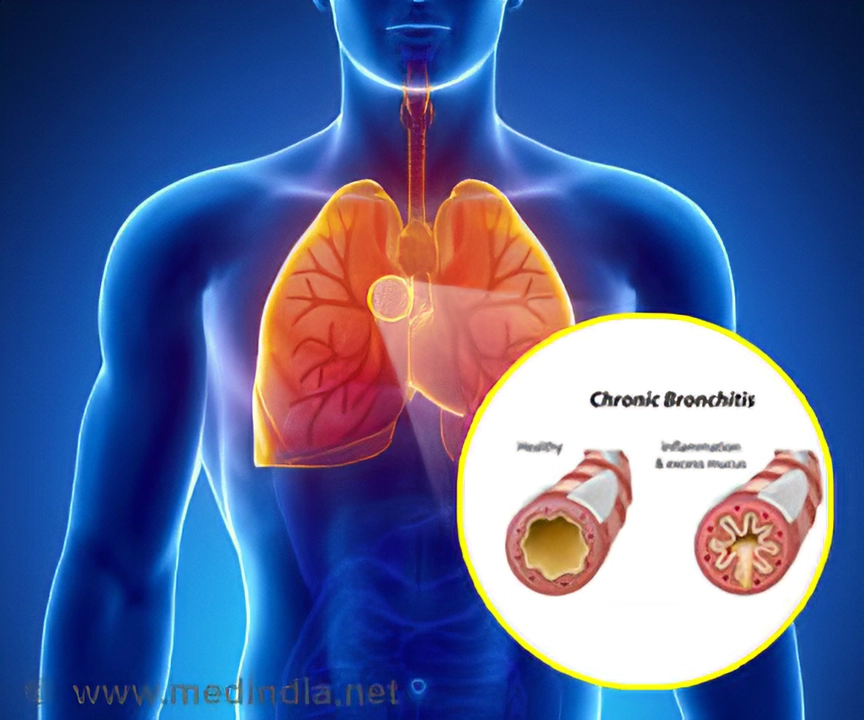Lung Disease — What to Watch For and What to Do
Shortness of breath, a cough that won’t go away, or a wheeze that pops up during normal activity — these are common warning signs of lung disease. You don’t need medical jargon to act. Spotting problems early and getting the right tests and treatments can change outcomes, so read on for straightforward, useful steps.
Common lung problems and their signs
Chronic obstructive pulmonary disease (COPD) usually shows up as long-term cough, sputum (phlegm) production, and increasing breathlessness when you walk or climb stairs. Asthma often causes wheezing, chest tightness, and flare-ups tied to triggers like cold air, exercise, or allergens. Pneumonia and bronchitis bring fever, cough with colored mucus, and sharp chest pain when you breathe. Lung cancer can begin with a persistent cough, blood in sputum, or unexplained weight loss — it’s less common but worth checking if symptoms persist.
Simple tests that give clear answers
Spirometry is the main test for airflow problems — it’s quick, noninvasive, and tells your provider if your lungs are working properly. A chest X-ray shows infections, some tumors, and fluid. CT scans give more detail for complex cases. For infections, sputum samples and blood tests help identify the germ so treatment fits. Oxygen levels are checked with a fingertip pulse oximeter; if low, further evaluation is needed.
Treatment depends on the cause. For COPD and asthma, inhaled bronchodilators open your airways and inhaled corticosteroids reduce inflammation. Rescue inhalers (short-acting bronchodilators) ease sudden symptoms; maintenance inhalers lower flare-ups over time. Bacterial infections need antibiotics; viral infections often need rest, fluids, and supportive care. Severe cases may require oxygen therapy, pulmonary rehabilitation, or procedures — your doctor will explain options that match your situation.
When should you get urgent help? If you have sudden severe breathlessness, chest pain, fainting, confusion, or blue lips/fingertips, go to the ER or call emergency services. For worsening chronic symptoms — more cough, more sputum, or increasing breathlessness — contact your clinician sooner rather than later.
Preventing lung problems is largely within reach. Quit smoking — it’s the single best step to protect your lungs. Get vaccinated: annual flu shots, COVID boosters as recommended, and pneumococcal vaccines for older adults or people with chronic illnesses. Avoid indoor and outdoor pollution when possible, use masks in dusty places, and keep living spaces well ventilated. Regular exercise, healthy weight, and managing acid reflux or allergies help reduce flare-ups.
Want next steps? Start with a primary care visit for symptoms or a referral to a pulmonologist for ongoing problems. Keep a simple symptom diary (how often you cough, your breathlessness level, what triggers attacks) — it helps your provider make faster, better decisions. Your lungs do a lot for you; small, practical moves can keep them working longer.

